After Chandrayaan-3, Aditya-L1 success, India in talks with US to send astronauts to ISS
Chandrayaan-3 and Aditya-L1 missions were a massive success for India. Now, India and the US have joined forces for an exciting partnership to send Indian astronauts into space in 2024.

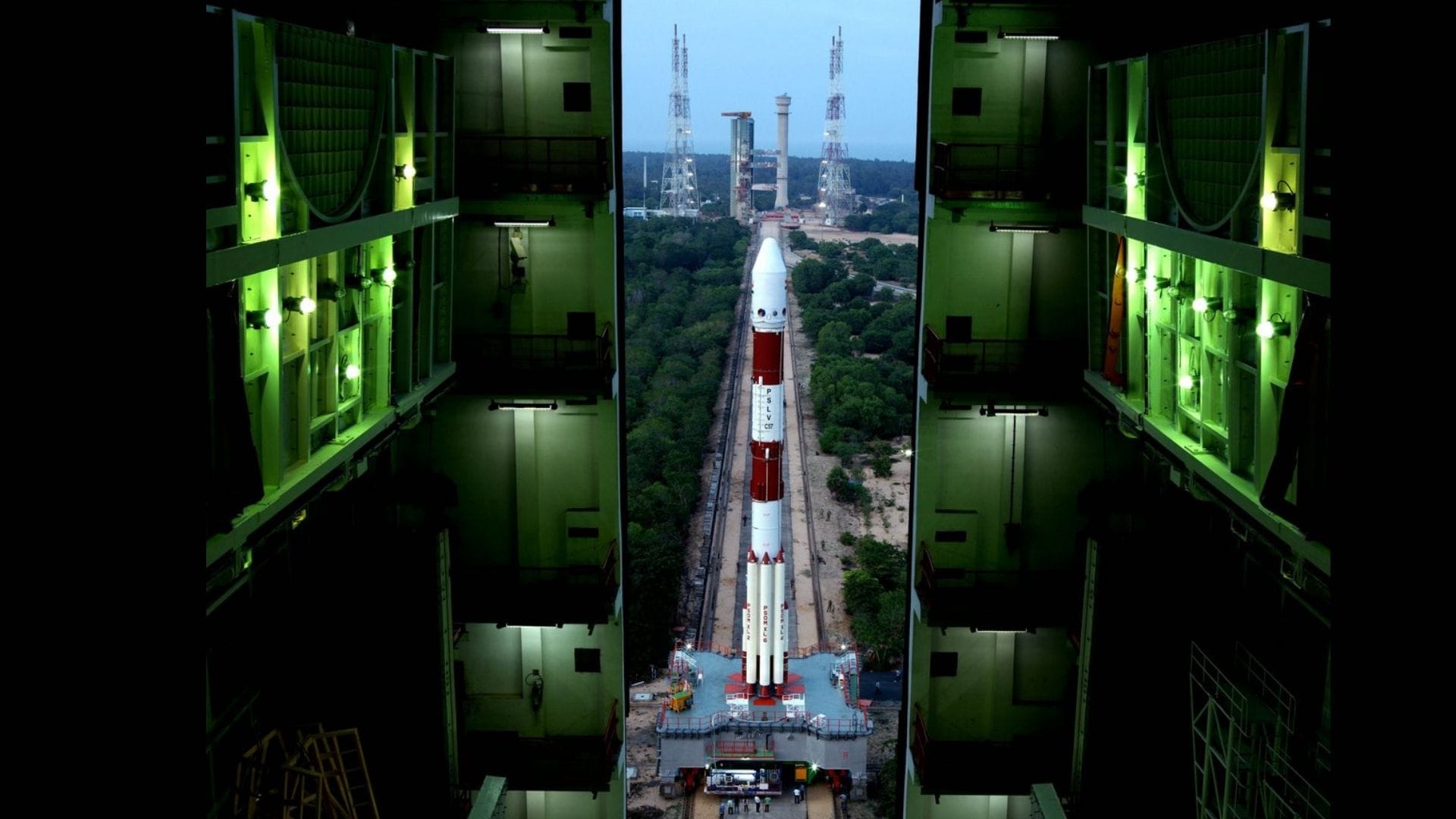
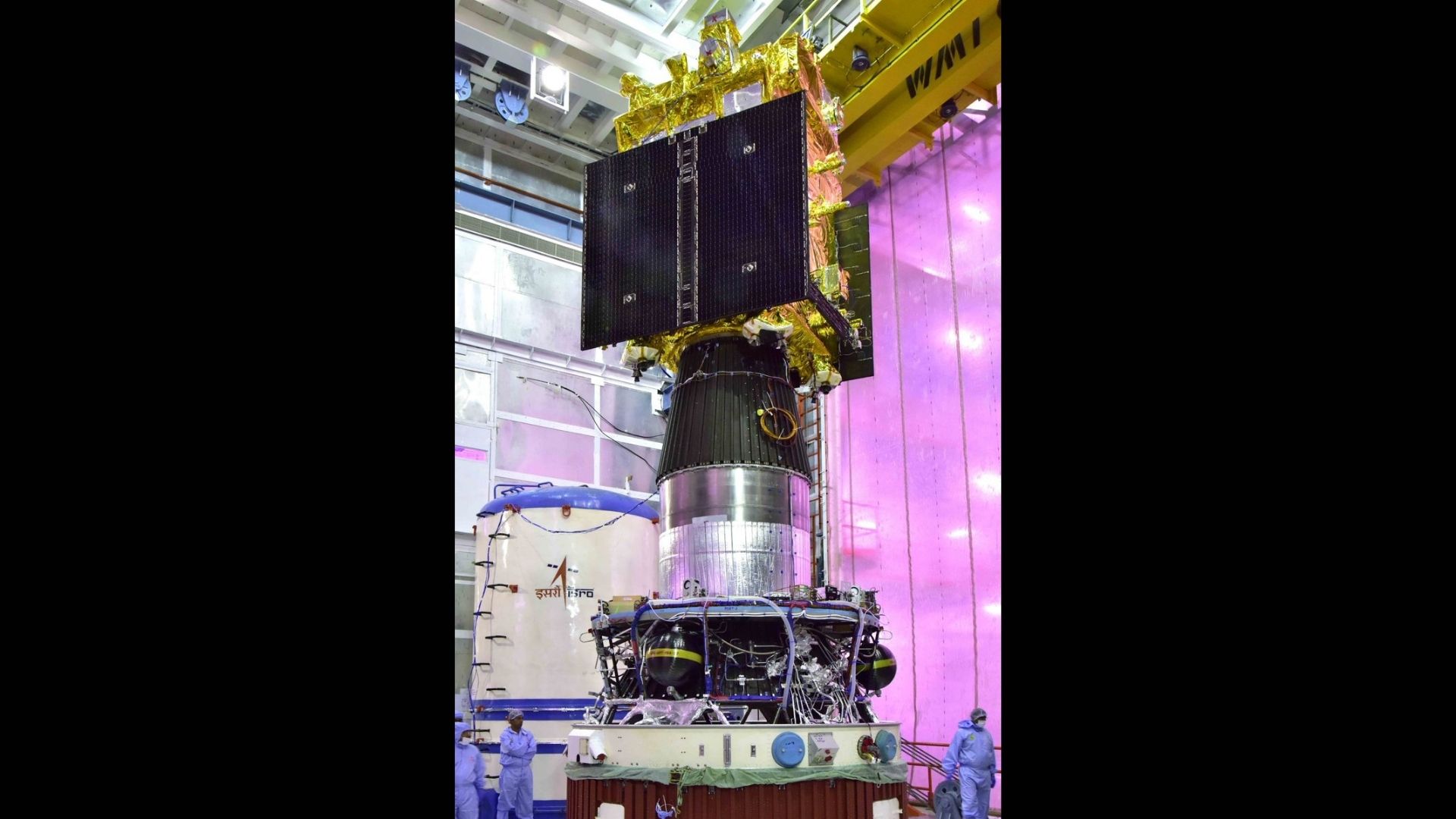
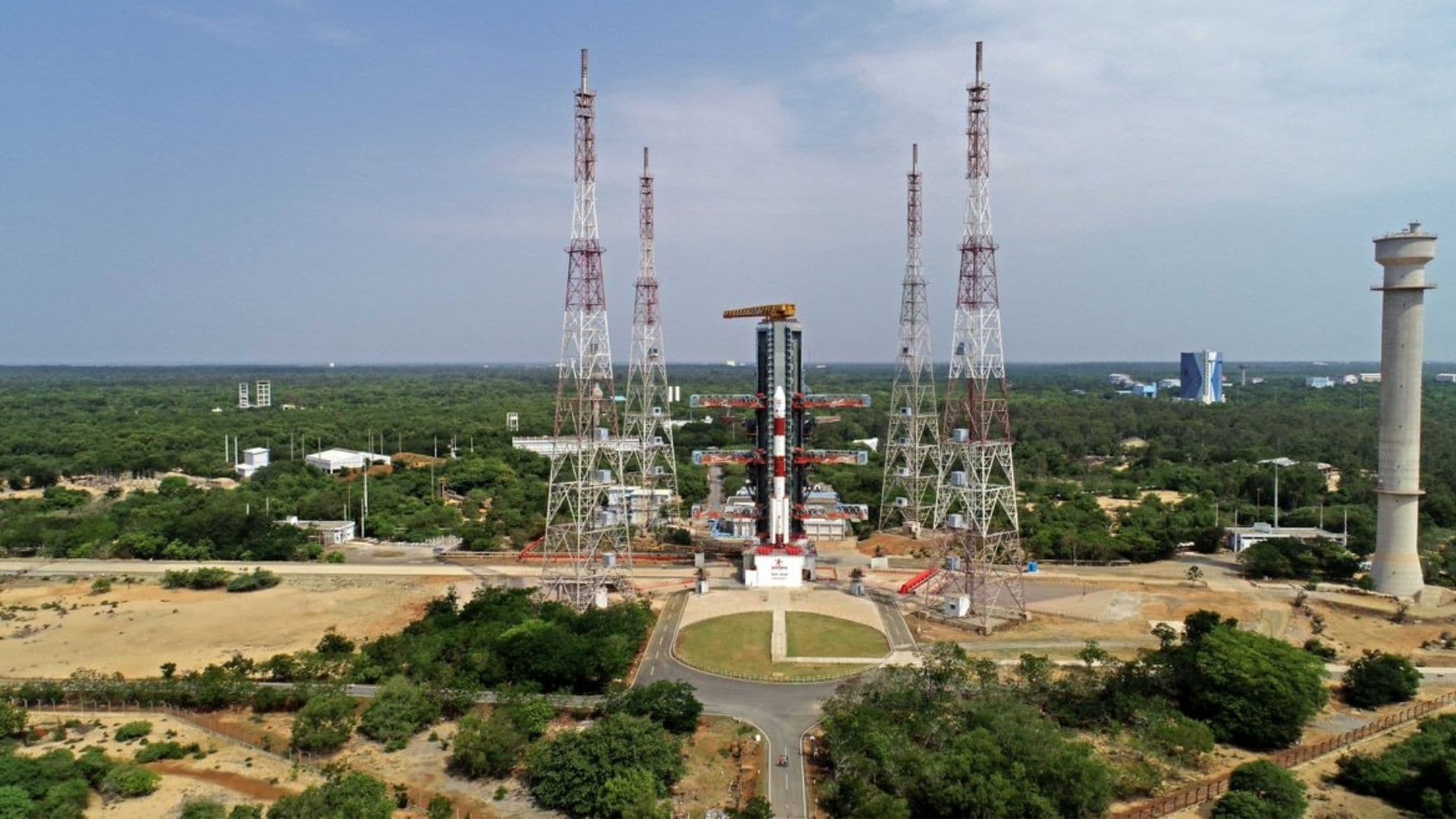

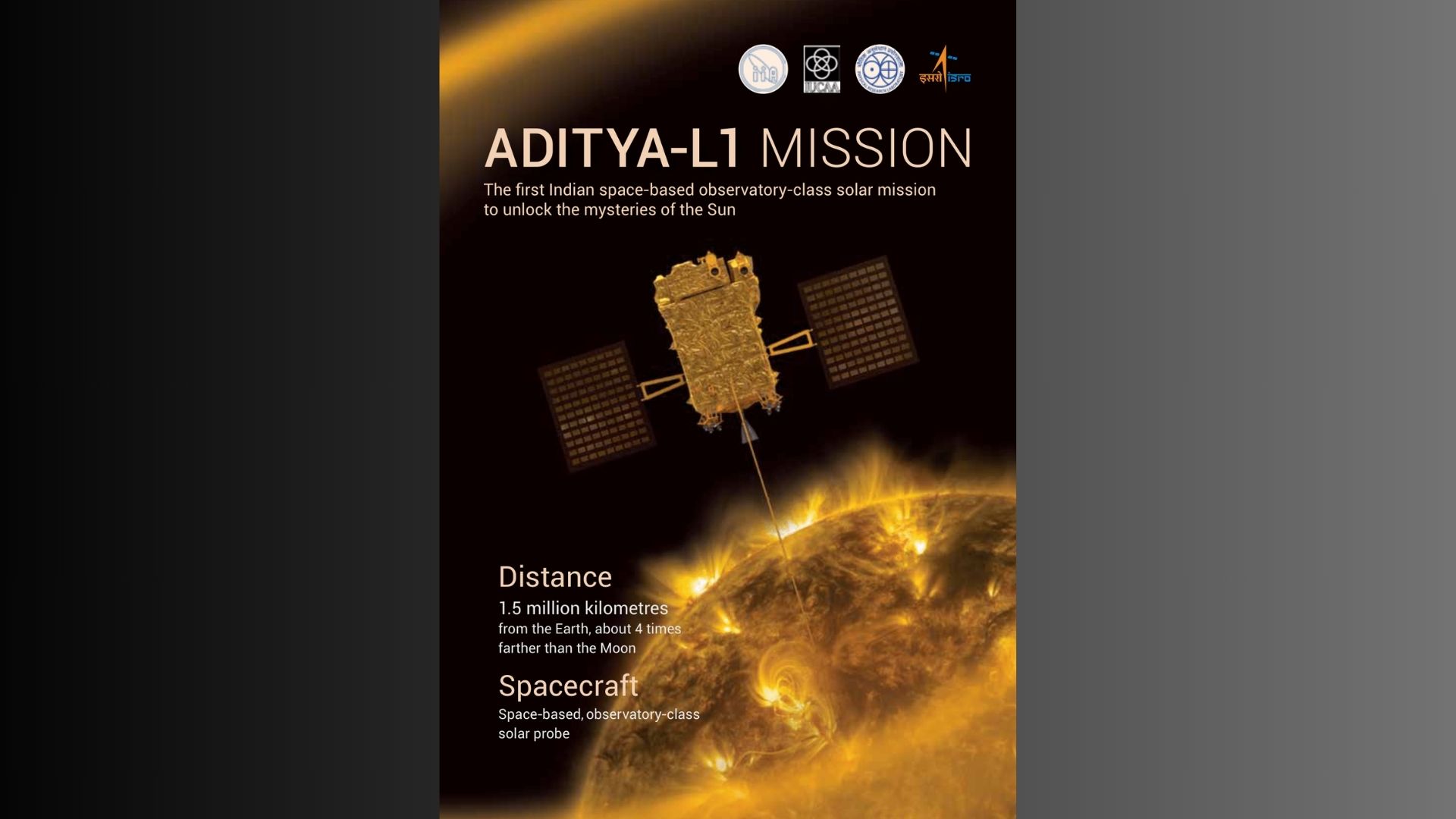
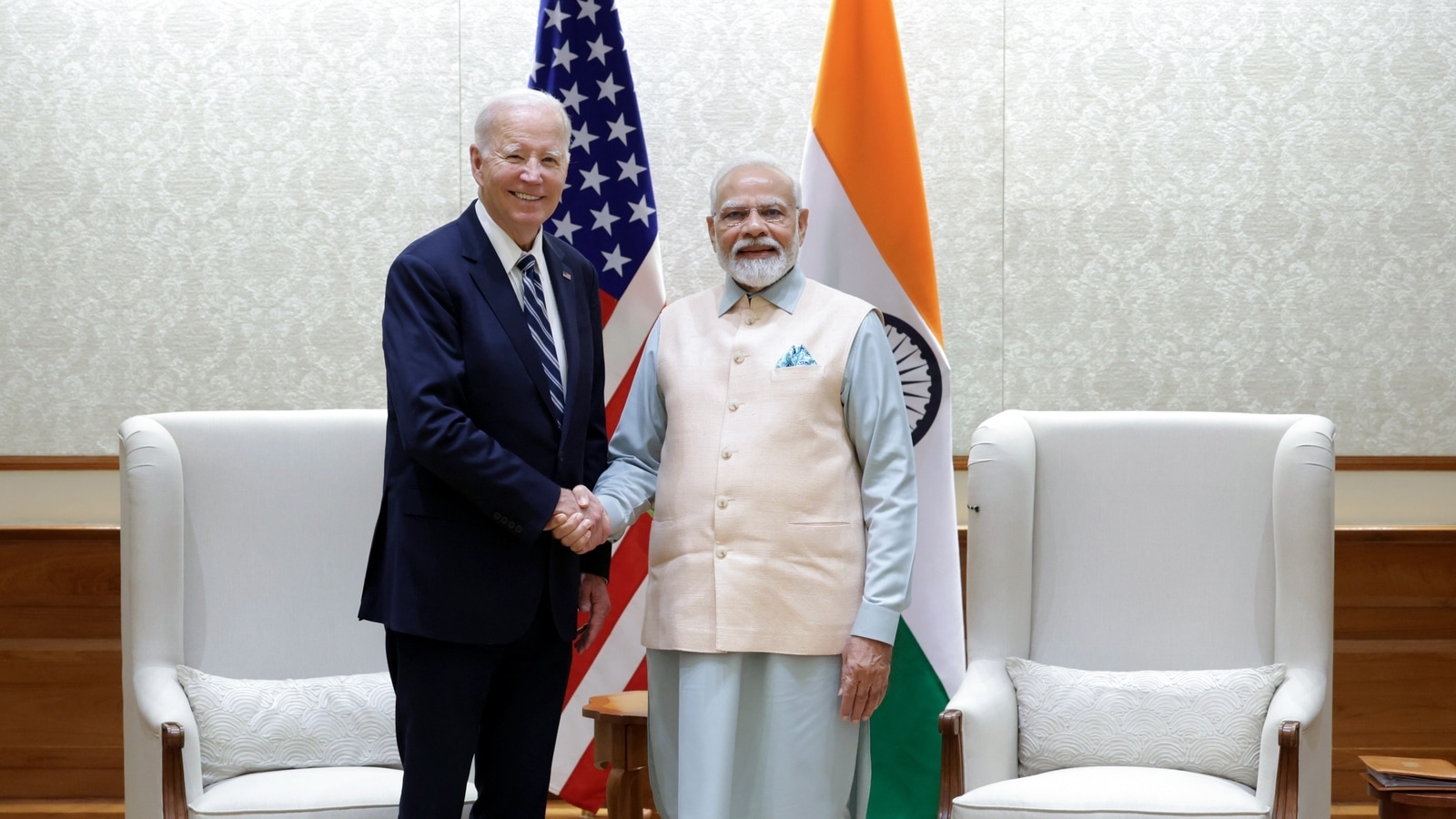
 View all Images
View all ImagesChandrayaan-3 and Aditya-L1 missions were a massive success for the Indian Space Research Organisation (ISRO) and now, India and the US have joined forces for an exciting partnership to send Indian astronauts into space in 2024. Yes, India and the United States are teaming up to explore space together. Prime Minister Narendra Modi and US President Joe Biden made this exciting announcement after their meeting during the G20 summit. They said that India's space agency, ISRO, and NASA, the American space agency, are talking about how to work together to visit the International Space Station (ISS) in 2024. They're also figuring out how to cooperate on sending people into space, and they plan to finalize their plan by the end of 2023.
But that's not all. India and the US are also going to work together to protect the planet and the things we send into space, like satellites. They want to keep an eye on asteroids and objects that come close to Earth and make sure they don't cause any catastrophes. The US is even going to help India with tracking these objects through the Minor Planet Centre, according to the WION report.
Also read: Aditya L1 mission: Know all about ISRO's first solar mission
Biden Applauds India's Space Milestones
President Biden had some good words for India too. He congratulated Prime Minister Modi and all the scientists and engineers at ISRO for the successful landing of Chandrayaan-3 on the Moon's south pole. He also praised the launch of India's first solar mission, Aditya-L1. It seems like they're all working well together.
A Vision for Space Exploration
During their last meeting in the US, the two leaders decided that NASA and ISRO should come up with a plan for people to visit space together by the end of 2023. They were excited about it back then, and now they're even more excited about it. They're also happy about a satellite called Nisar, which will launch from India in 2024 and help us learn more about our planet.
President Biden also liked the fact that India signed something called the Artemis Accords. These accords are about exploring space for the benefit of everyone on Earth. So, it's not just about going to space; it's about making space work for all of us. That's pretty cool.
Catch all the Latest Tech News, Mobile News, Laptop News, Gaming news, Wearables News , How To News, also keep up with us on Whatsapp channel,Twitter, Facebook, Google News, and Instagram. For our latest videos, subscribe to our YouTube channel.































